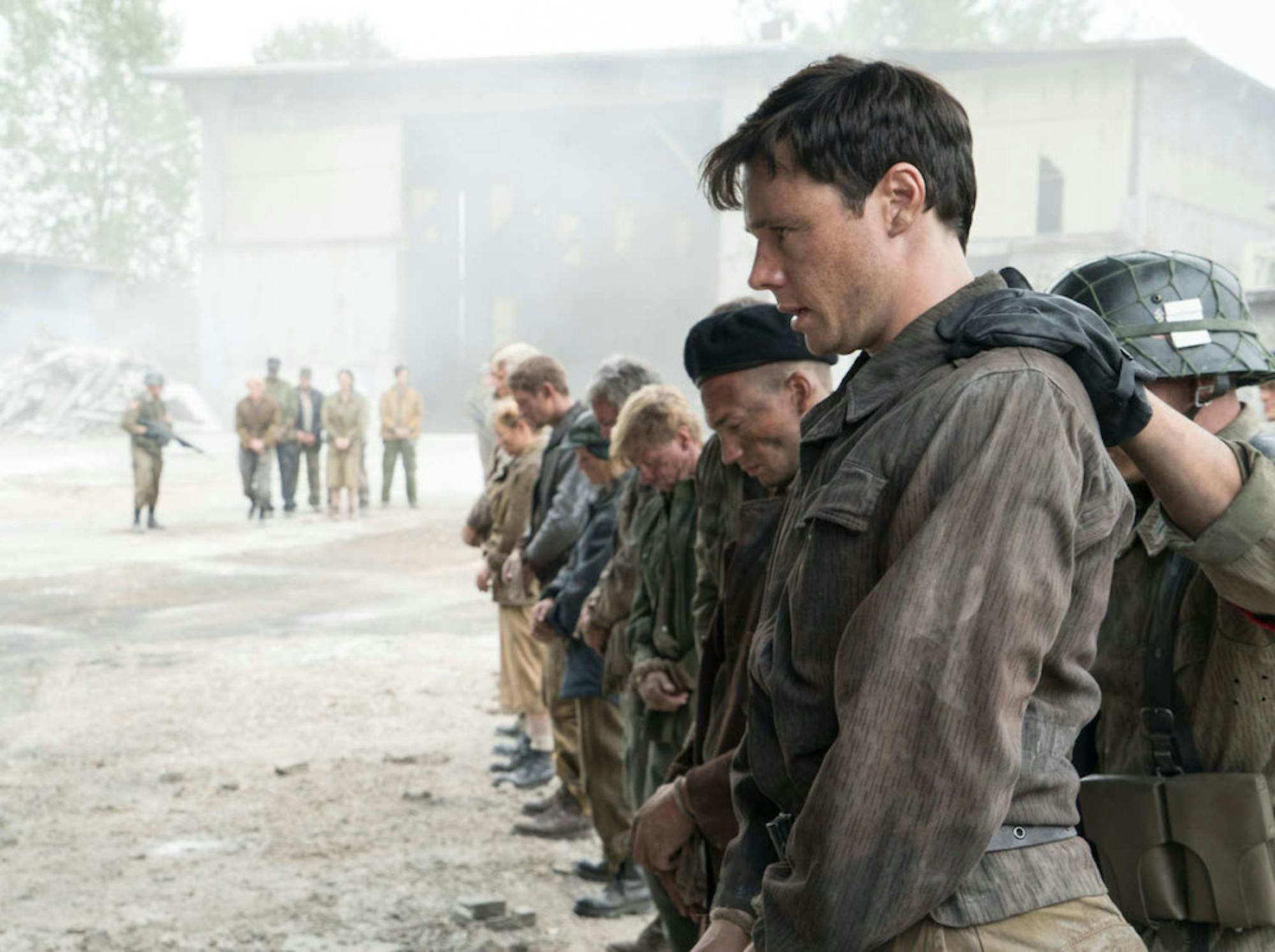Amazon’s TV series “The Man in the High Castle," based on the Philip K. Dick novel of the same name, premiered a new season on the video platform on Dec. 16, 2016. The show imagines an alternate history where the Axis powers won the Second World War, after the Germans – who were the first and only nuclear power in this timeline – dropped an atomic bomb on Washington, D.C.
The series’ first season came out of an early 2015 competition that Amazon used to select a new show for its fall 2015 line up. Amazon commissioned pilot episodes of several shows and had viewers vote on which show they would like to see turned into a full series. “The Man in the High Castle” won, and the full season premiered in October 2015.
In 1962, following the Axis victory, Japan and Germany occupy the vanquished United States, carving it into three parts: the East for Germany, the Pacific Coast for Japan and a neutral zone centered on the Rocky Mountains in between. An uneasy post-war alliance exists between Japan and Germany, but it is imperiled by Germany’s overwhelming technological superiority and Adolf Hitler’s rapidly declining health. The threat of another world war looms large in the background, and all the while, films produced by someone called the Man in the High Castle keep appearing. These films depict an alternate reality where the Allies won the war, and they are eagerly sought by both the Nazi and Japanese governments as well as a shadowy resistance movement.
It’s a riveting premise, one that combines the period piece with science fiction, and at its best, season one of “The Man in the High Castle” manages to fully inhabit its universe. From the imposing curves of a Nazi rocket plane to the haphazard combinations of Japanese signage and American architecture in Japanese-occupied San Francisco, the props, costumes and sets all combine to create an oppressive sense of place. Such attention to detail returns in season two – the hulking architecture of post-war Berlin stands out – and suffuses the season with tension and dread.
For all their successful presentations, the worst episodes of season one unfolded slowly. The languid pace of the show, coupled with the normally effective subdued color palette and understated soundtrack, compounded the issue. As a result, at its lowest points, season one of “The Man in the High Castle” was tedious television.
Fortunately, season two avoids sliding into tedium by focusing on the series’ strongest aspect: its characters. Handsome, troubled resistance fighter Frank Frink (Rupert Evans) and his friends offer plenty of action and intrigue but also mostly trite dialogue. One particularly rehearsed-sounding interaction about how “freedom loving people” have brought down empires throughout history is worthy of nothing but a wince. But these weaker characters – even if they are the heroes - are only really there to start gunfights and launch capers. It’s the villains that elevate this season.
Joel de la Fuente plays Kempeitai Chief Inspector Kido with a snarling restraint that is truly unsettling to behold. De la Fuente seemingly keeps his character’s volcanic rage in check by pressing his lips together firmly and deliberately removing and replacing his wireframe glasses. Kido is completely comfortable with murdering civilians but is nevertheless bound by some kind of twisted moral code. Gradually learning his motivations is one of the show’s most interesting aspects.
Former U.S. Army officer turned SS Obergruppenführer John Smith is played by Rufus Sewell with a singularly menacing coolness. Smith is undoubtedly a monster, an ardent Nazi who considers genocide virtuous and employs torture without a second thought. But despite his evilness, Smith is also a committed family man, who comes across as a stern but loving father and a devoted husband. By itself, this Janus-headedness is not all that interesting or new, but when developments mean that his family’s safety is threatened by concepts from the Nazis, he becomes an altogether more interesting character. The story of how a decorated American officer became a top-ranking Nazi after the war is a must-include for the recently-ordered third season.
Japanese Trade Minster Tagomi (Cary-Hiroyuki Tagawa) drives the series’ most important plot device: alternate histories. While he meditates and consults the I Ching, Tagomi wanders through an alternate history (ours). These trips mostly allow Tagomi to experience “real” 1960s America and learn about a history where the Allies won the war. On these jaunts into our reality and during his day-to-day interactions in his own reality, Tagawa imparts a somber gravity to his character, who yearns for peace in a troubled world. Though he normally plays a deeply serious character, Tagawa displays some range when, on one of his trips into our reality, he unsuccessfully tries to navigate a 1960s American kitchen. His efforts conclude with him nibbling nervously on a Twinkie… held between chopsticks.
Its excellent universe-building and standout performances do not save “The Man in the High Castle” from its overly complex plot. Keeping track of the story’s moving parts isn’t difficult over a weekend-long binge, but parceled out over several weeks, the myriad of characters and subplots are likely to blur together. That the show was designed with binge-watchers in mind marks it as a product of its platform, and if you can carve out enough time to watch it in multi-episode blocks, “The Man in the High Castle” makes for a rewarding binge.
'The Man in the High Castle' impresses with second season despite overcomplexity

Summary
Some questionable dialouge and an overly elaborate plot keep the show from attaining true greatness, but "The Man in the High Castle" should be top of the list for your next binge.
4 Stars





